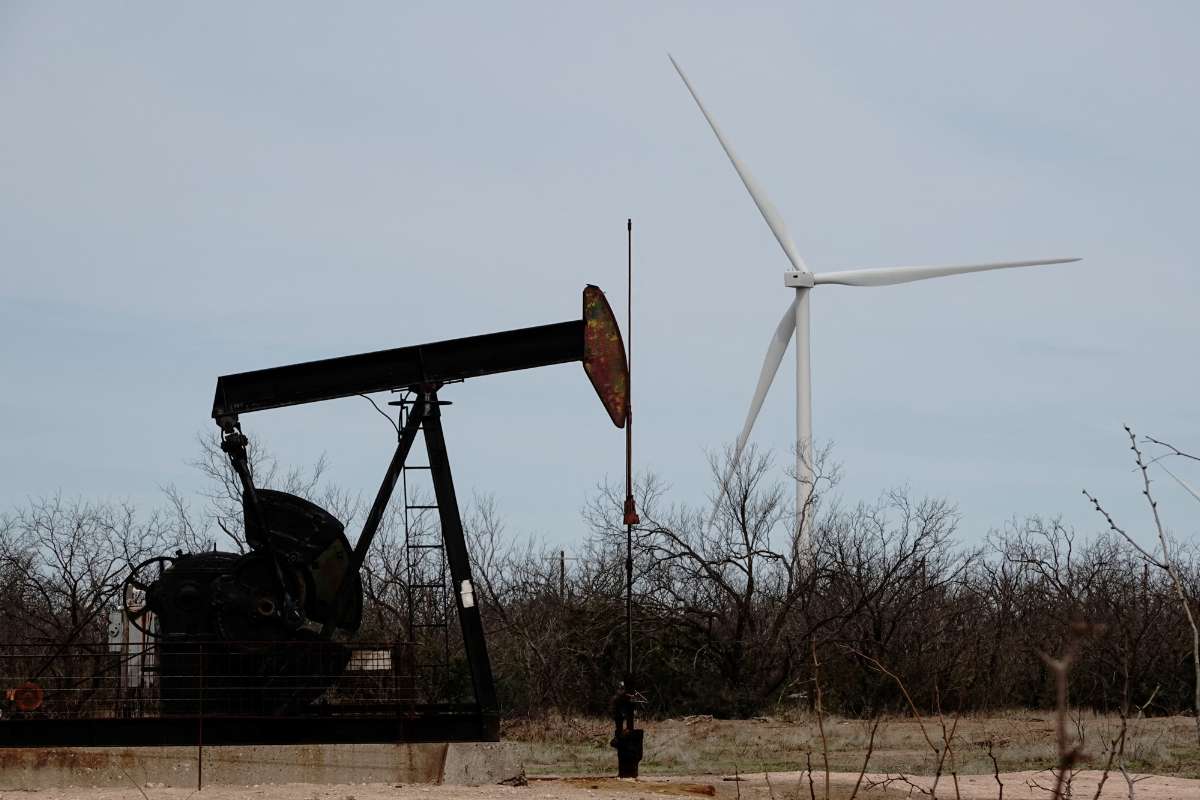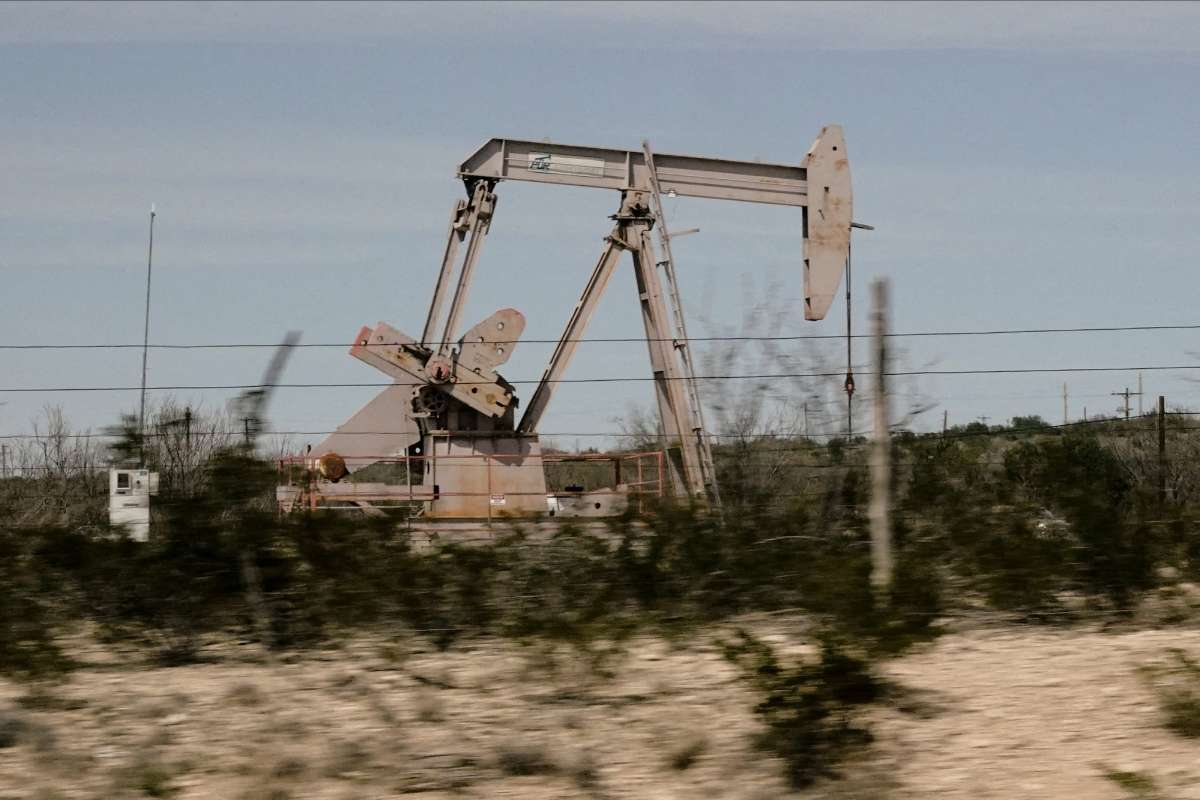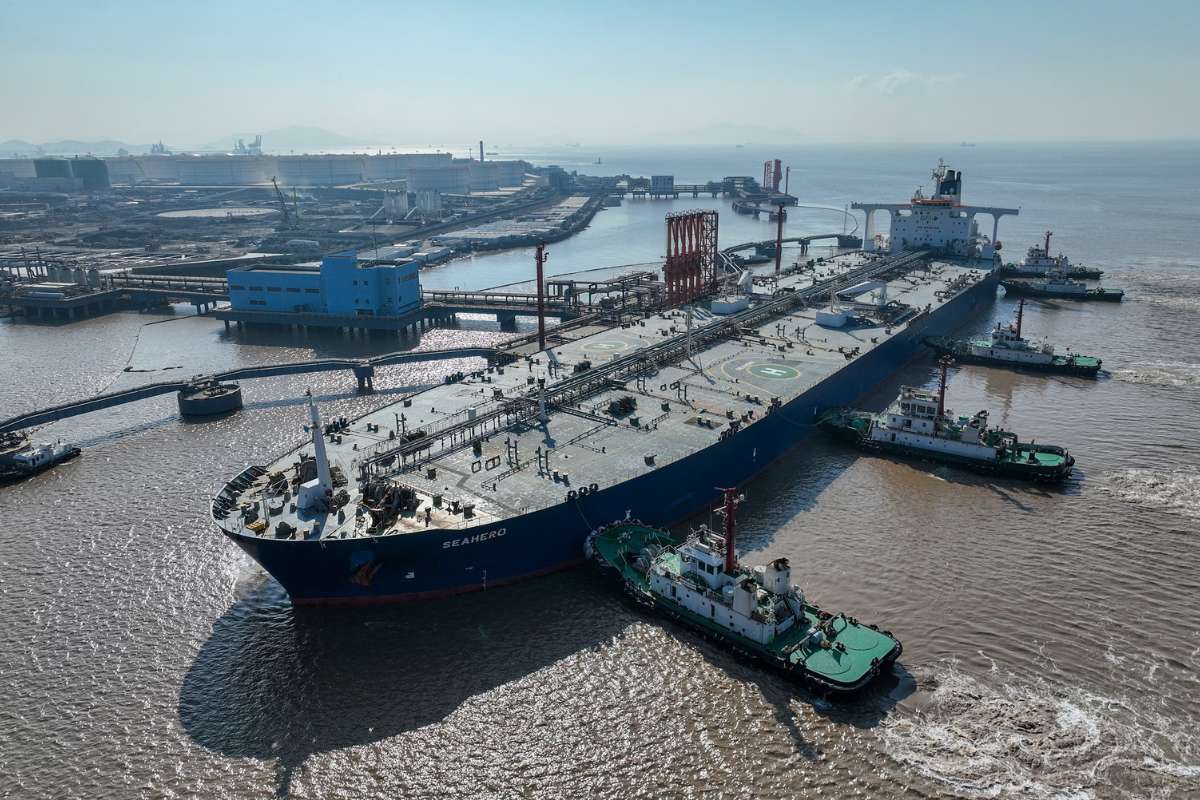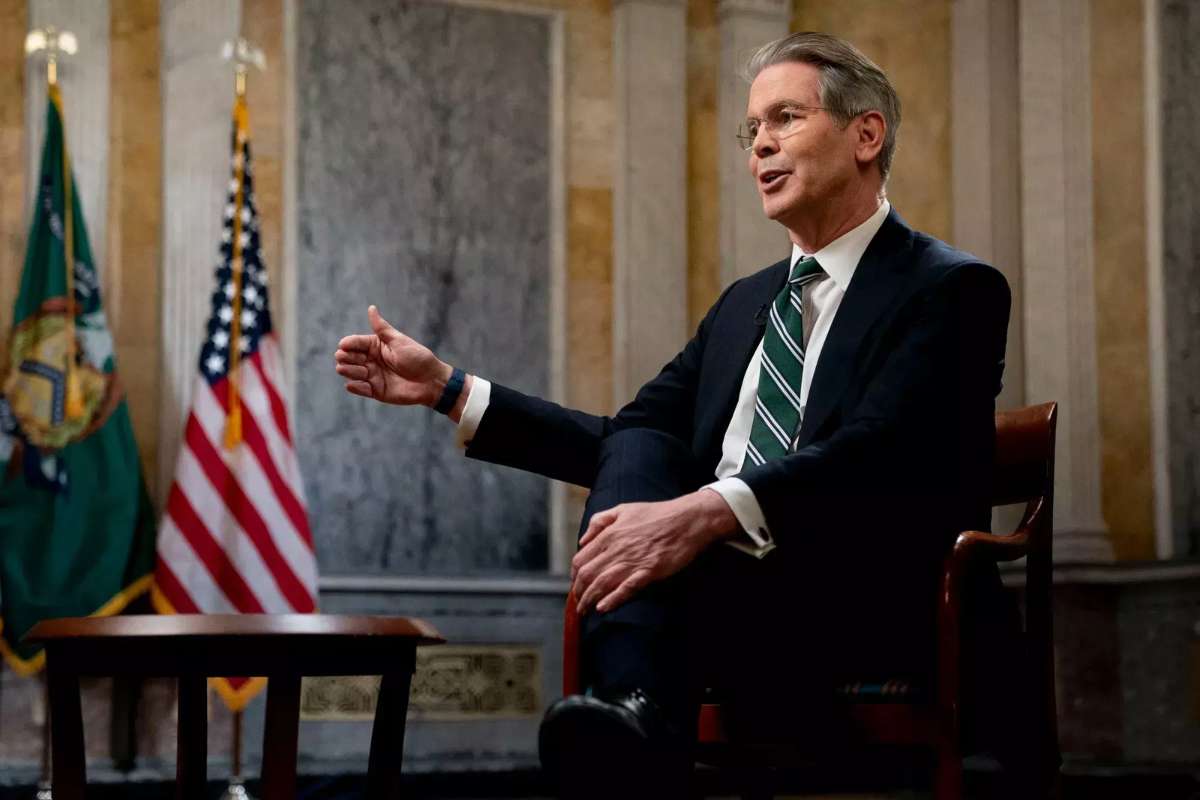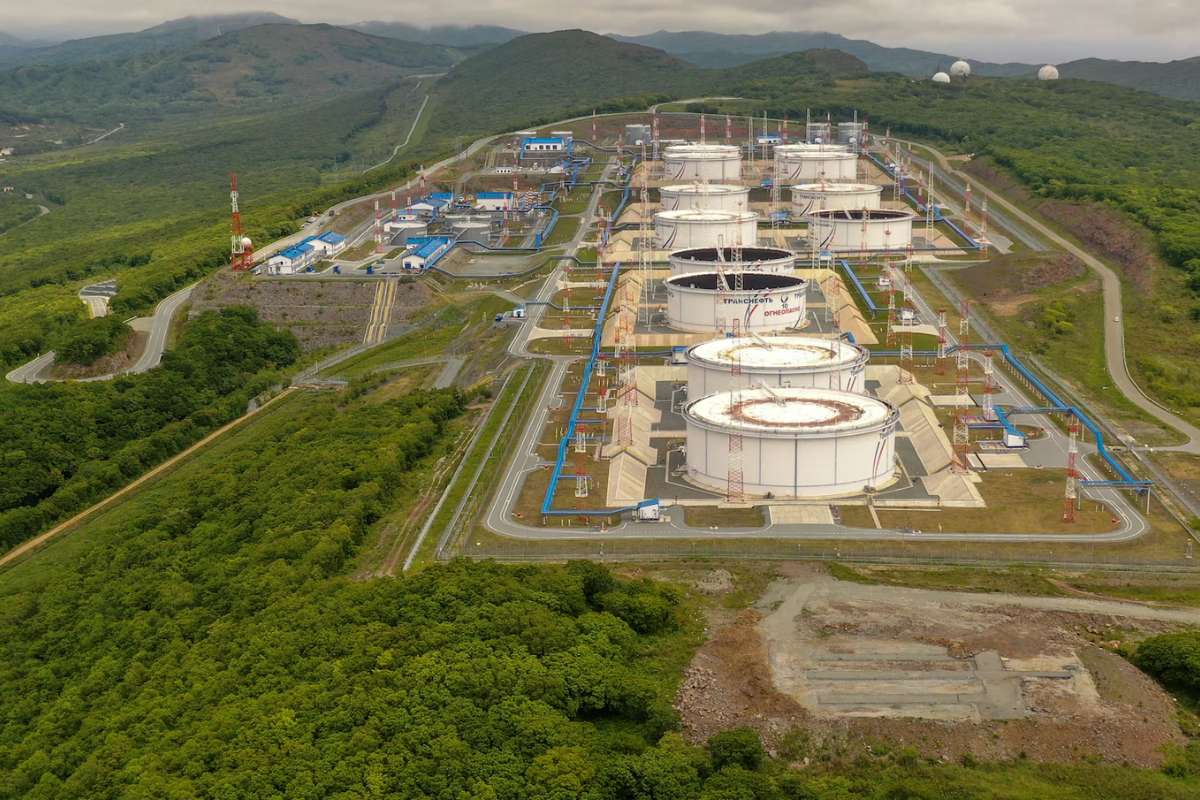Key Points:
- Oil and gas industry hits record U.S. output.
- Rising costs and weak demand pressure profits.
- Policy uncertainty creates investment challenges.
Dallas Fed survey highlights concern over tariffs and market pressures. A gap emerges between policy goals and industry realities.
U.S. oil and gas industry reported declining business activity and a dimmer outlook for the sector, according to a quarterly survey released Wednesday by the Federal Reserve Bank of Dallas. The results point to growing concern over tariffs, weak demand, and higher costs, even as national production remains at record levels.
Survey findings
Of the 139 executives surveyed, nearly half (49 percent) said business activity had fallen compared with the same period last year. Slightly more than half reported that their outlook for the industry had worsened. Many pointed to rising drilling costs, policy uncertainty, and oversupplied markets as the primary challenges.
One respondent warned that companies could face budget tightening and workforce reductions if conditions do not improve. Another noted that efforts to hold down consumer fuel prices conflict with the goal of sustaining production growth.
Policy context
The survey results were released a day after President Donald Trump addressed the United Nations General Assembly, where he highlighted America’s oil dominance and pledged to provide global partners with reliable energy supplies. While the administration has pointed to regulatory rollbacks and record output levels as signs of strength, executives surveyed by the Dallas Fed survey underscored the strain of tariffs and shifting market signals.
Several respondents said higher costs tied to trade measures are reducing profitability at a time when global demand remains sluggish. Others raised concerns that inconsistent policy direction has created uncertainty for long-term investment in the shale sector.
Market conditions
U.S. oil production reached an all-time monthly high in June, continuing gains made during the previous administration. Despite this milestone, companies surveyed signaled that near-term momentum may be difficult to sustain. Cost inflation, oversupply, and uneven global demand were repeatedly cited as obstacles to growth.
Executives emphasized the risk of a widening gap between government energy policy goals and industry realities. While output figures remain strong, respondents suggested that long-term sustainability will depend on clearer signals, stable costs, and stronger demand recovery.
Industry outlook
The Dallas Fed survey indicates that oil and gas industry operators remain cautious about the year ahead. Rising input costs and policy shifts continue to weigh on confidence, with more than half of executives reporting a negative outlook compared with 2024.
Overall, the findings point to an oil and gas industry under pressure: record-setting production on the one hand, but a business environment marked by uncertainty and tighter margins on the other.
Visit Oil Gas Energy Magazine For The Most Recent Information.
